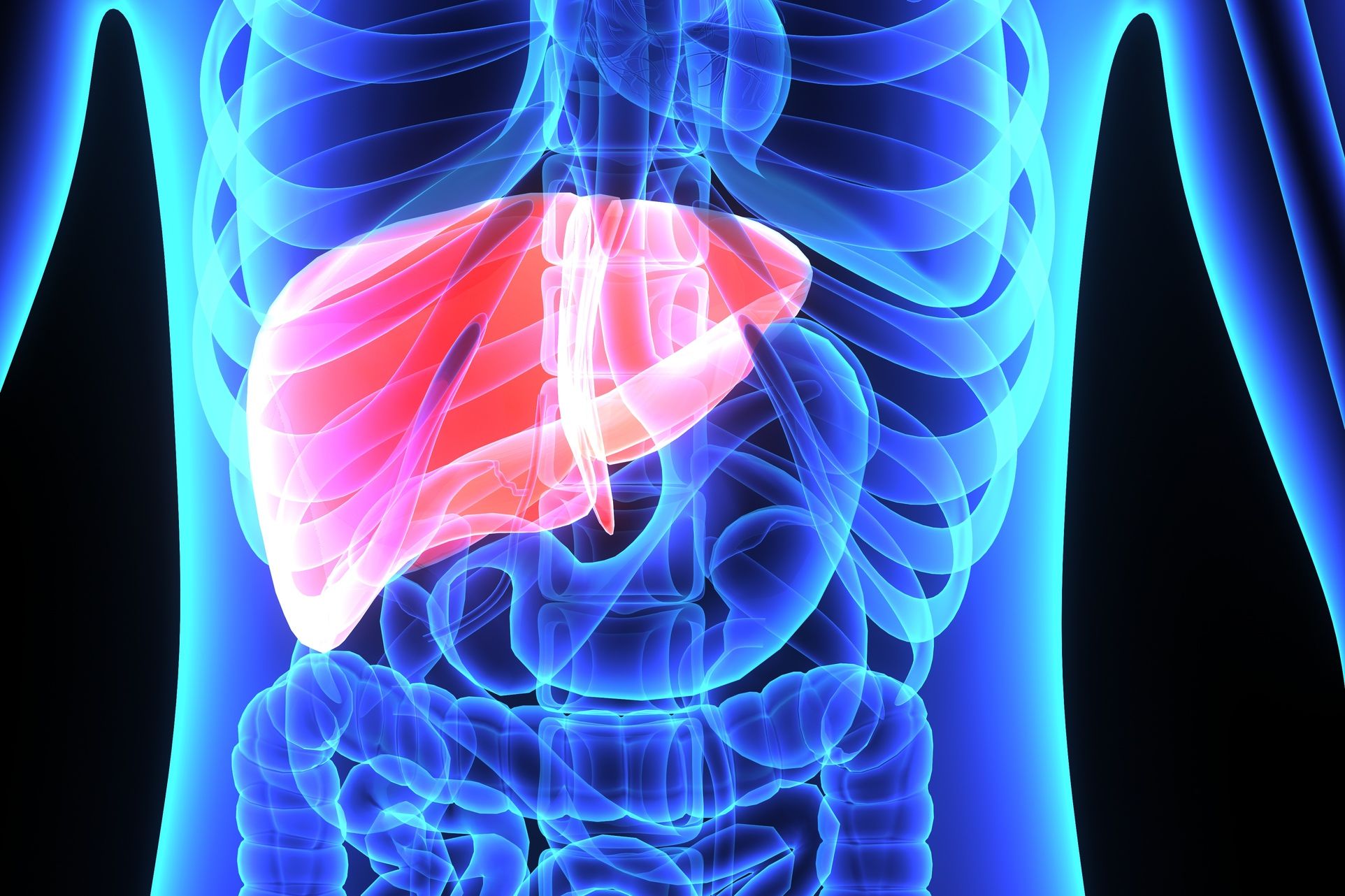
(Vienna, 10-10-2017) A team of researchers at the MedUni Vienna, in cooperation with the AIT Austrian Institute of Technology, has elucidated a mechanism that contributes to the uptake of the clinically frequently used tyrosine kinase inhibitor erlotinib by the liver. The study published in the top journal "Clinical Pharmacology & Therapeutics" showed for the first time that erlotinib is absorbed by the blood into the liver via a membrane transporter.
The liver is a major excretory organ for many drugs. In the metabolism of drugs and their excretion, an interplay of metabolic enzymes and different membrane transporters takes place. “These transporters can contribute to inter-individual variability in the pharmacokinetics of drugs and play an important role in drug interactions”, explains Markus Zeitlinger, interim head of the Department of Clinical Pharmacology at the MedUni Vienna.
Transporter-related drug interactions in the liver
If two drugs are administered at the same time, which reach the liver via the same transporters or are excreted from the liver, this can lead to a reciprocal "competition" at the transporters, which can impair the secretion of the drugs and lead to serious side effects due to the enrichment of the drug substances. The drug interactions between the two lipid-lowering drugs gemfribozil and cerivastatin have led to deaths - resulting in the subsequent withdrawal of cerivastatin from the market, emphasises Zeitlinger.
Pharmaceutical regulatory authorities (EMA, FDA) therefore require that the risk of transporter-related drug interactions must be investigated in the case of new drugs. If the risk of an interaction cannot be ruled out on the basis of in-vitro data, clinical studies are carried out on healthy probands. In such studies, the pharmacokinetic profiles of the drugs in the blood are usually compared with each other when administered separately and simultaneously. Inhibition of drug transporters in the liver can lead to pronounced changes in drug concentrations in the liver, bile ducts, gall bladder and intestine without causing major changes in the blood. Zeitlinger states: "These "silent" drug interactions are highly relevant because they can lead to liver toxicity of drugs, for example."
The positron emission tomography (PET) is a very promising method for investigating and understanding transporter-related drug interactions. PET is an imaging method for non-invasive measurement of the distribution and pharmacokinetics of radioactively labelled drugs directly in different tissues and organs, such as the liver.
A team of researchers of the MedUni Vienna from Oliver Langer and Martin Bauer of the Department of Clinical Pharmacology, jointly with the Division of Nucler Medicine (Director: Marcus Hacker), Gergely Szakács from the Institute of Cancer Research (Director: Maria Sibilia), Csilla Özvegy-Laczka from the Institute of Enzymology of the Hungarian Academy of Science, Walter Jäger from the Department of Pharmaceutical Chemistry of the University of Vienna and the AIT Austrian Institute of Technology have clarified the mechanism of absorption of the EGFR tyrosine kinase inhibitor erlotinib (Tarceva®) in the liver.
Using PET measurements in healthy probands, it could be shown that erlotinib is selectively transported in low concentrations from the blood to the liver by the SLC transporter OATP2B1, whereas in clinically relevant dosage OATP2B1 is saturated and absorbed the liver via passive diffusion. As a result, there is a risk that erlotinib in combination with other drugs, which enter the liver via OATP2B1, can lead to undesirable side effects due to the saturation of OATP2B1," explain Oliver Langer and Martin Bauer. The study contributes to precision medicine by investigating factors that contribute to variability in the pharmacokinetics of erlotinib and thus, in addition to EGFR mutations, may significantly influence the response to erlotinib therapy.
This study was supported by FWF (KLI 480-B30, F 3513-B25) and NÖ Forschungs- und Bildungsges.m.b.H. (NFB) (LS12-006, LS15-003).
Service: Clinical Pharmacology & Therapeutics
Influence of OATPs on hepatic disposition of erlotinib measured with positron emission tomography. Bauer M, Matsuda A, Wulkersdorfer B, Philippe C, Traxl A, Özvegy-Laczka C, Stanek J, Nics L, Klebermass EM, Poschner S, Jäger W, Patik I, Bakos É, Szakács G, Wadsak W, Hacker M, Zeitlinger M, Langer O https://www.ncbi.nlm.nih.gov/pubmed/28940241